My 5 top tips for buying a cheap cooling mattress that actually works
I test mattresses for a living so I know which cooling tech really works

A cooling mattress is on my (and probably a lot of people’s) wish list this summer, but shopping for a cooling mattress can seem like a waste of time when most are way outside my budget.
However, while the best cooling mattresses tend to come with a luxury price tag, my recent research has found that there are indeed plenty of top-rated cheap mattresses that can keep you cool — you just need to look for cooling features that are proven to work.
So I’ve come up with five top tips for buying a cooling mattress on a tight budget, especially if you're shopping during the Memorial Day mattress sales.
How much does a cheap cooling mattress cost?
This year's top-performing mattresses for all sleepers are often praised for their great temperature regulation.
But I have to admit that a lot of the greatest mattresses around are way out of my budget. Luckily, there are some great cheap mattresses on the market.
Usually, we define a "cheap mattress" as any bed that regularly costs under $500 for a queen. However, cooling mattresses are a little different.
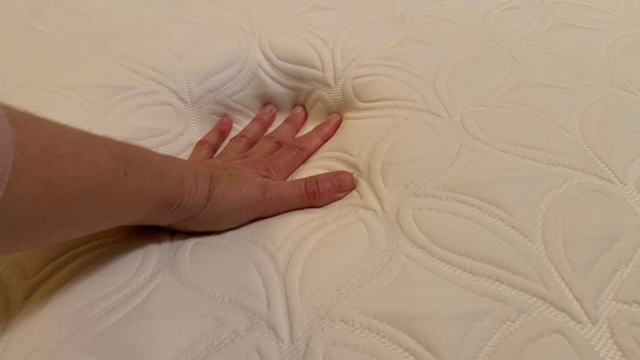
The addition of cooling tech increases a mattress's value, so cooling mattresses tend to cost more than regular beds.
Get instant access to breaking news, the hottest reviews, great deals and helpful tips.
For instance, the average queen-sized cooling mattress costs $1,407, while the best queen-size mattresses costs around $989 on average.
With that in mind, I would say that a budget cooling mattress should cost under $700 for a queen. Although, how you would define cheap mattress all depends on your budget.
My top 5 tips for buying a cooling mattress on a budget
1. Don't buy just because it's infused with "cooling" gel
The best memory foam mattresses have one thing in common: they all are infused with cooling gel.
Gel-foam mattresses are the norm nowadays, as this material is supposed to offset the heat-trapping tendencies of memory foam.
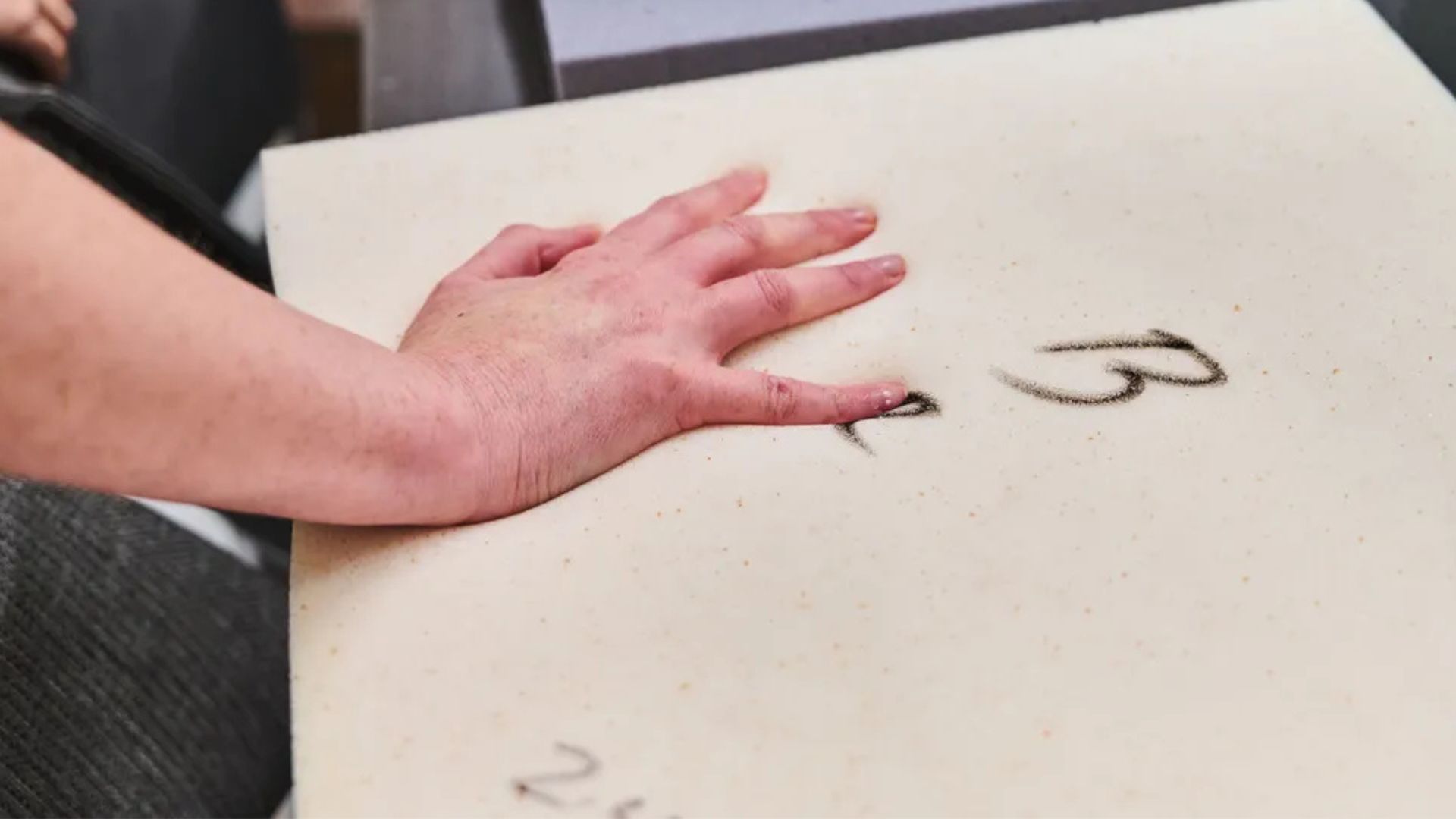
However, this form of temperature regulation can be quite hit-and-miss.
As a mattress tester, I agree with my fellow testing panelists when they say that the addition of cooling gel alone is no match against heatwaves or chronic night sweats.
So, if you come across a cheap memory foam mattress, don't immediately be sold at the mention of a gel, copper, graphite, or charcoal infusion; it's pretty average.
2. Look for certain breathable or heat-dissipating materials
I've tested plenty of mattresses in my time, so I know which cooling features work and which don't.
The cooling materials that I can vouch for are naturally breathable materials (such as latex, cotton, and wool), soft-knot covers designed to be breathable, and specialist cooling fabrics that dissipate heat (such as phase change material and GlacioTex).
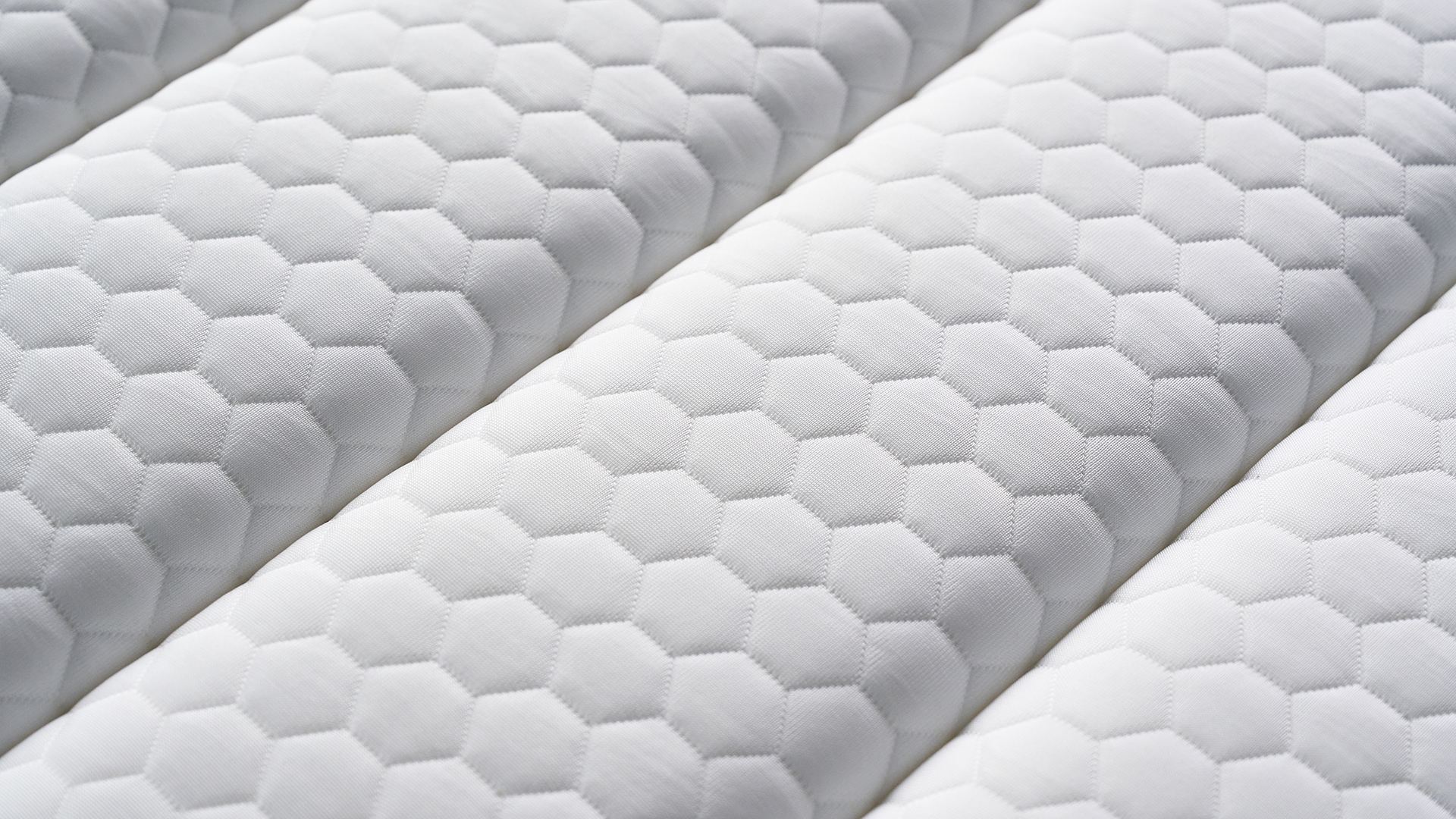
While some of these materials, such as latex and GlacioTex, are usually found in the top-performing luxury mattresses, plenty of more budget-friendly models now have these temperature-regulating features.
Just read our Cocoon by Sealy Chill mattress review. The all-foam bed is our top budget pick for the best best cooling mattress.
It's consistently $699 for a queen (you can also get an extra $25 off the Chill Mattress at Cocoon by Sealy with code EXTRA25), making it an affordable cooling bed.
Plus, the price is reliable, as the "35% off sale" is evergreen. Seriously, ignore those "ENDS TODAY" warning banners on the website. I've tracked mattress prices for two years now and it never ever ends.
3. Springs and coils are your friend
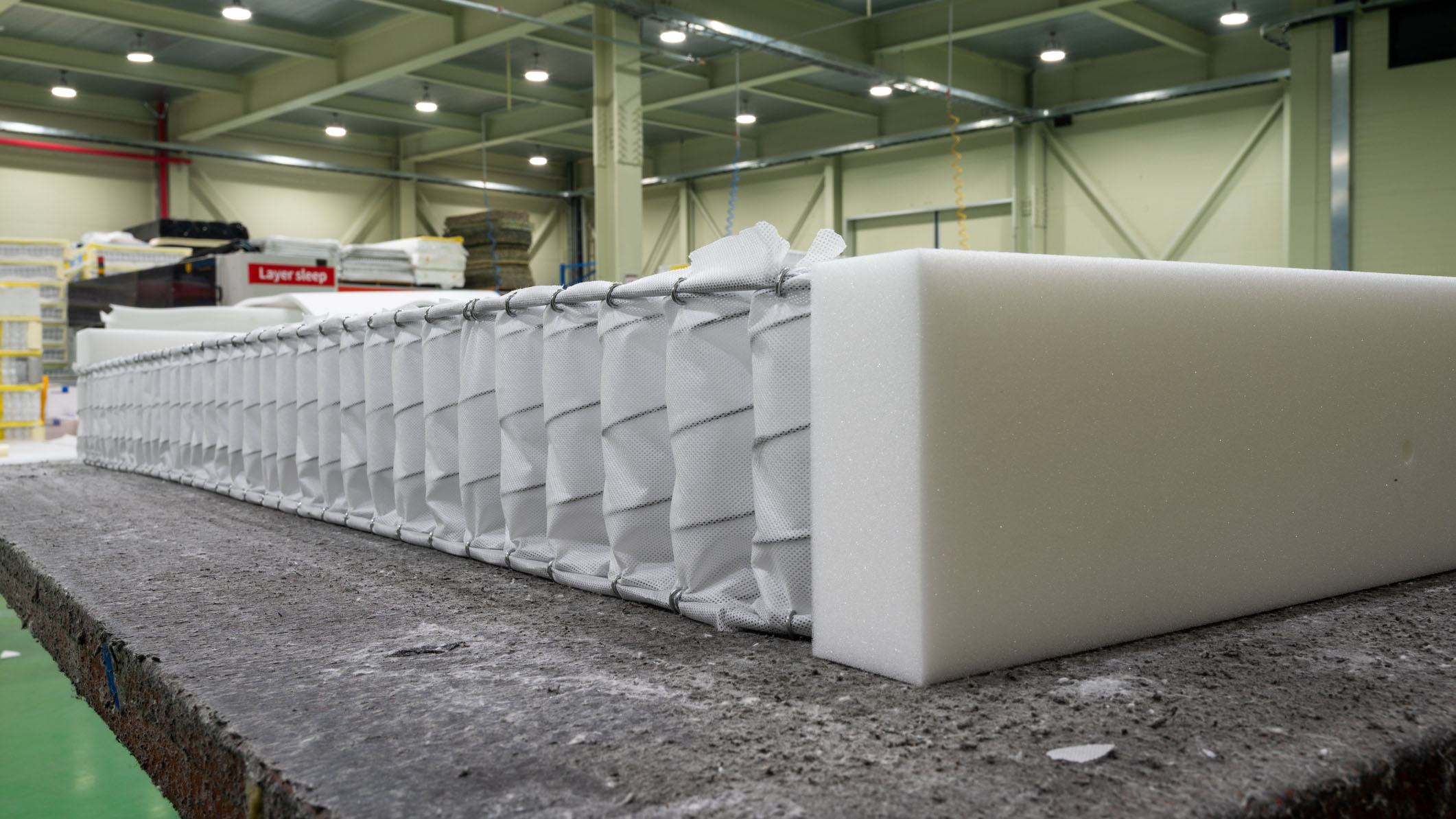
Don't underestimate the cooling power of the humble matress spring. Coils and springs boost airflow and run much cooler than foam, and they're a key feature in high-performing hybrid mattresses, too.
While hybrid mattresses can be expensive thanks to the host of different materials, there are plenty of cheap hybrids on the market from the likes of Sweetnight and Allswell. We're currently loving the Brooklyn Bedding CopperFlex Pro Hybrid mattress, which packs specialist cooling technology without a premium price tag.
You can also rely on hybrid mattresses to provide good support and, without the that sinking, hugging feeling of memory foam, you're likely to feel a little cooler anyway.
4. Consider buying cooling mattress toppers or bedding
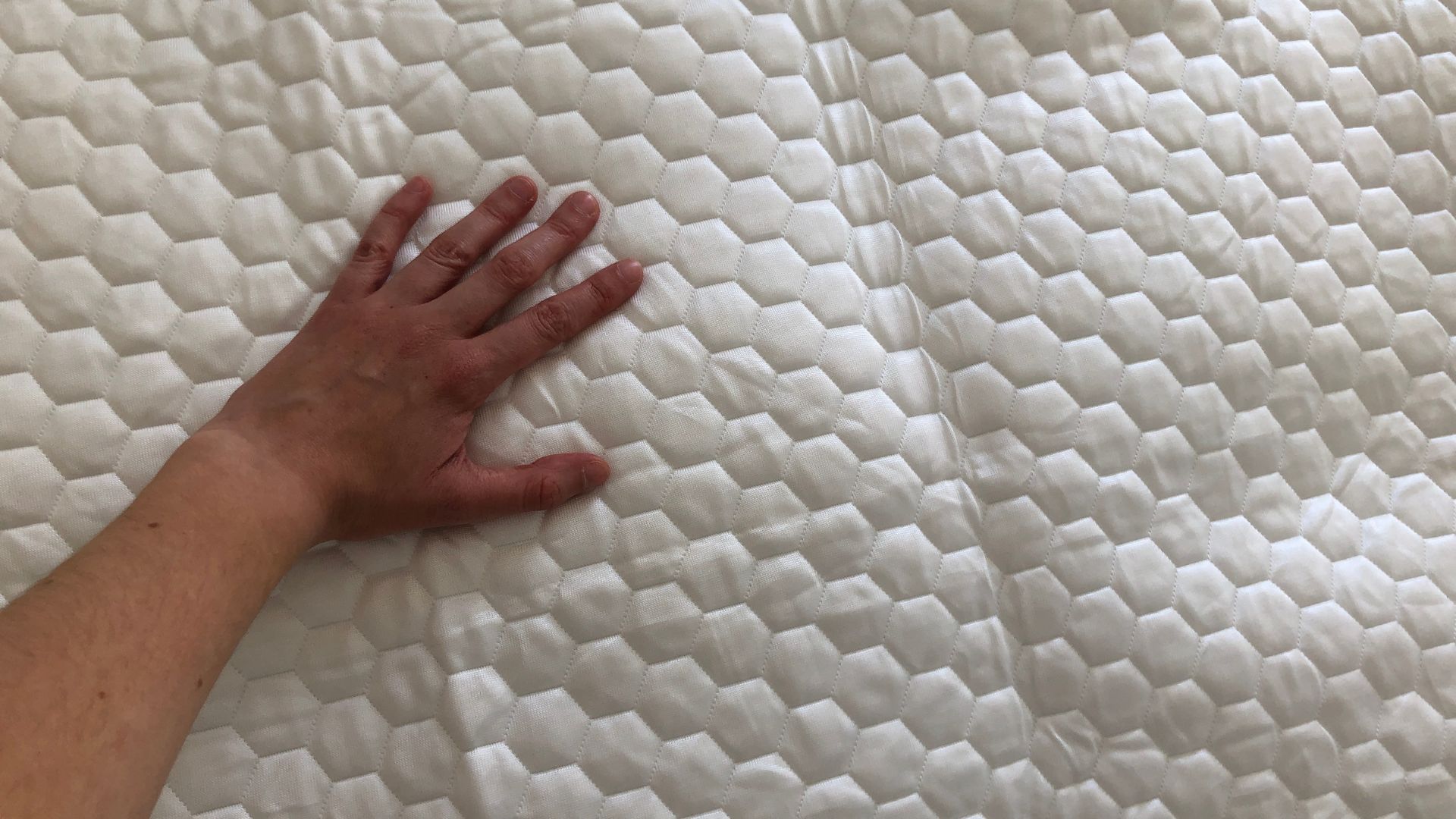
Of course, if you want to buy a new bed just because your mattress runs hot, you may want to consider buying one of my favorite mattress toppers instead.
Cooling mattress toppers are much cheaper than cooling mattresses (and mattresses in general) and are perfect if your mattress is supportive but uncomfortable or too warm.
Another alternative is getting a great mattress protector. I recently was the main tester for the Brooklyn Bedding Luxury Cooling Mattress Protector review and found the GlacioTex mattress protector amazing at dissipating heat.
Overall, cooling bed toppers and mattress protectors are a perfect way to try out premium cooling materials without splurging on a brand new bed.
5. You don't need to buy a cooling mattress per se
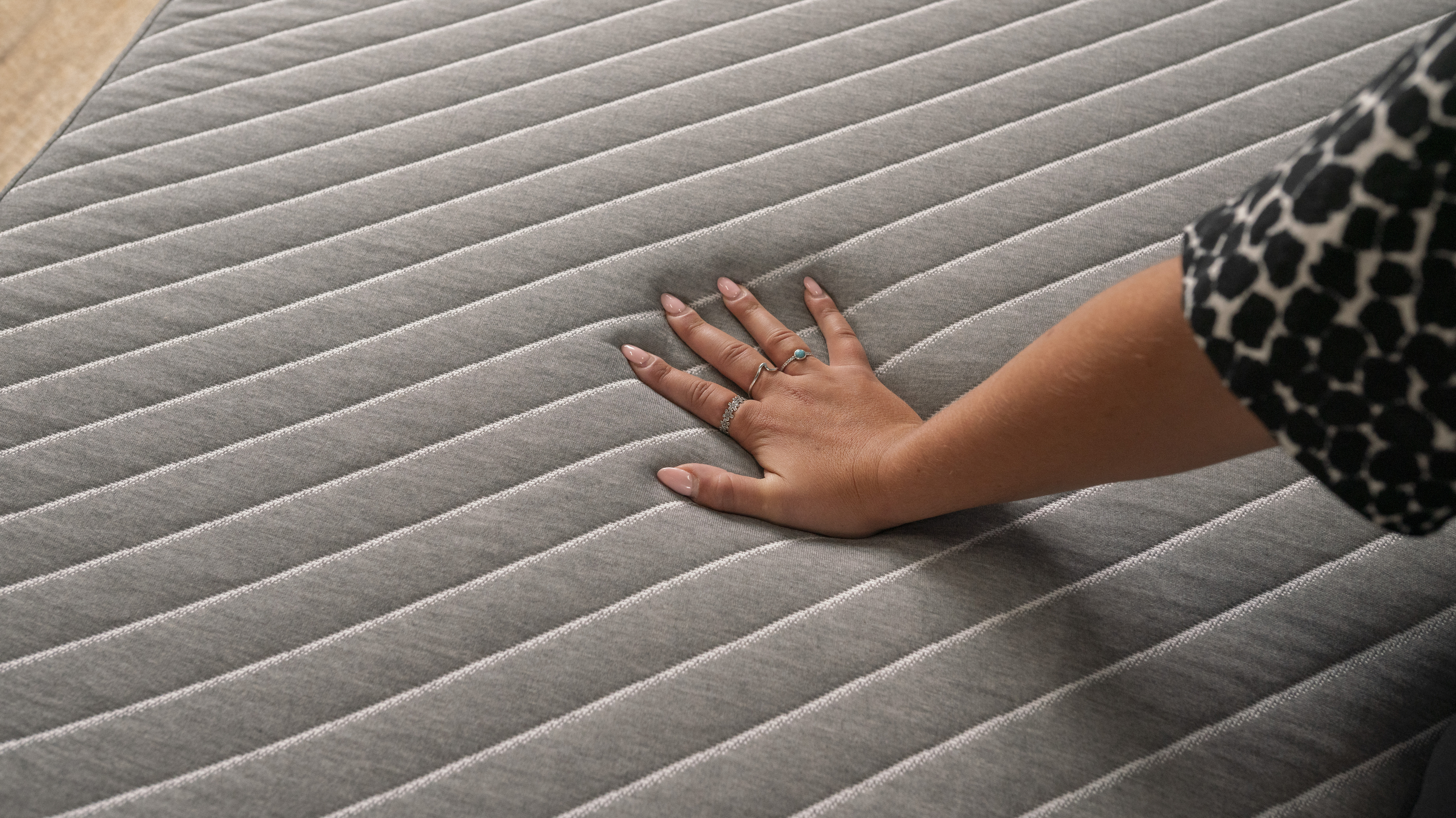
Some budget mattress aren't billed as cooling, but are cooling nonetheless.
I recently was on the testing panel for the Siena Memory Foam Mattress review, and was impress by how this cheap mattress regulated temperature.
Generally, if you opt for a hybrid bed that incorporates natural materials, it's likely to sleep temperature neutral.
If you're ready to splurge, consider investing in one of the best organic mattresses, as they'll be sure to keep you cool and comfortable throughout the summer.

Frances Daniels is a PPA-accredited journalist and Sleep Staff Writer at Tom's Guide with an MA in Magazine Journalism from Cardiff University. Her role includes covering mattress and sleep news and writing sleep product reviews and buyer's guides, including our Best Hybrid Mattress 2025 guide. She is interested in the relationship between sleep and health, interviewing an array of experts to create in-depth articles about topics such as nutrition, sleep disorders, sleep hygiene, and mattress care. She is also our specialist on mattress toppers — producing bed topper reviews and taking care of our Best Mattress Toppers 2025 guide — and leads content relating to fiberglass-free beds for a non-toxic sleep. Outside of Tom's Guide, she has written for Ideal Home and Marie Claire.
You must confirm your public display name before commenting
Please logout and then login again, you will then be prompted to enter your display name.
